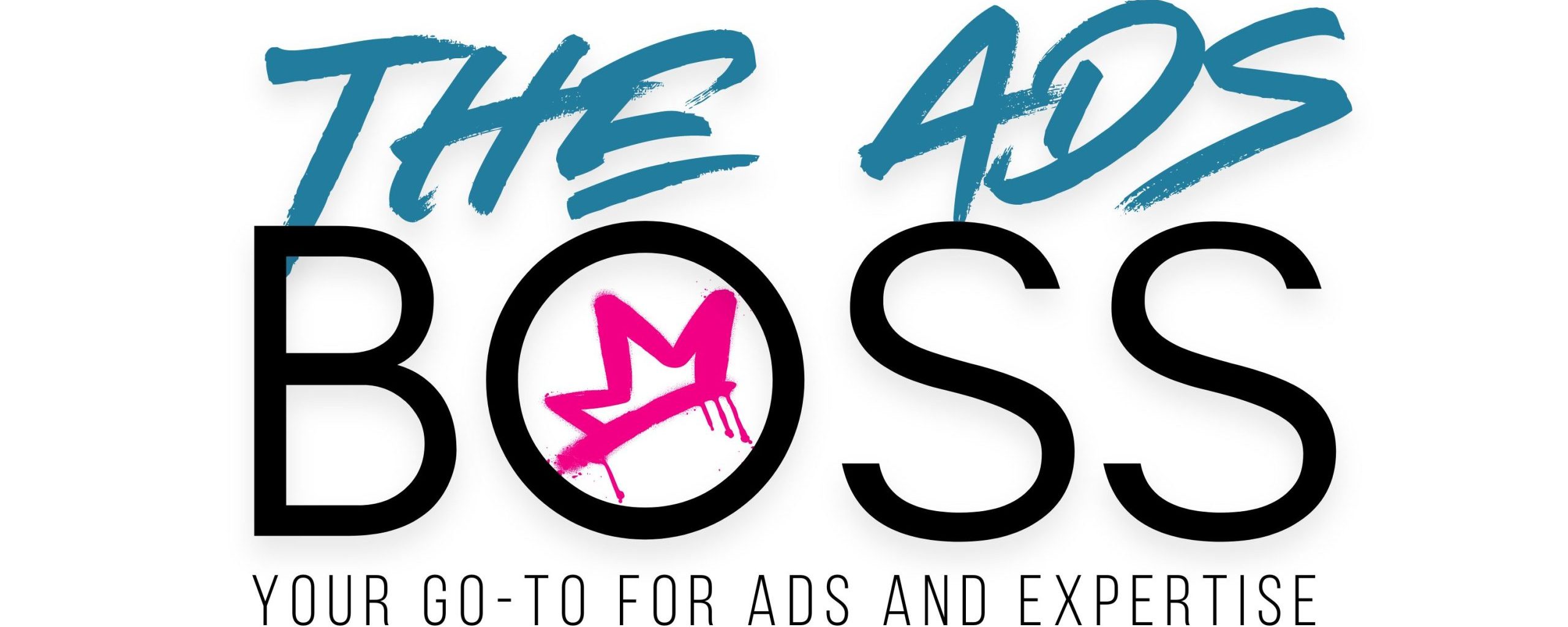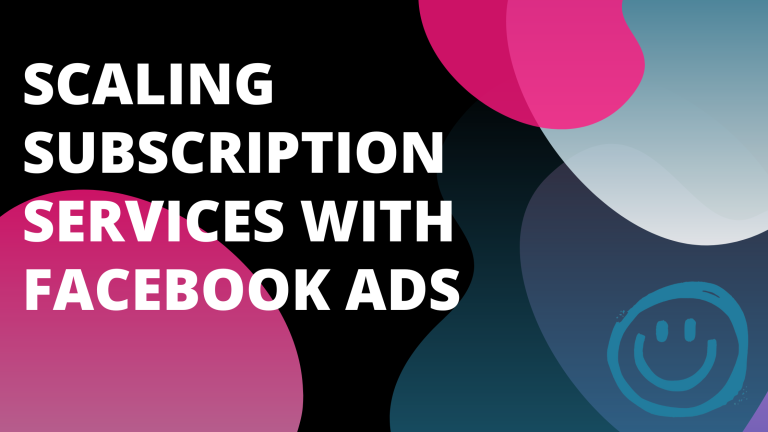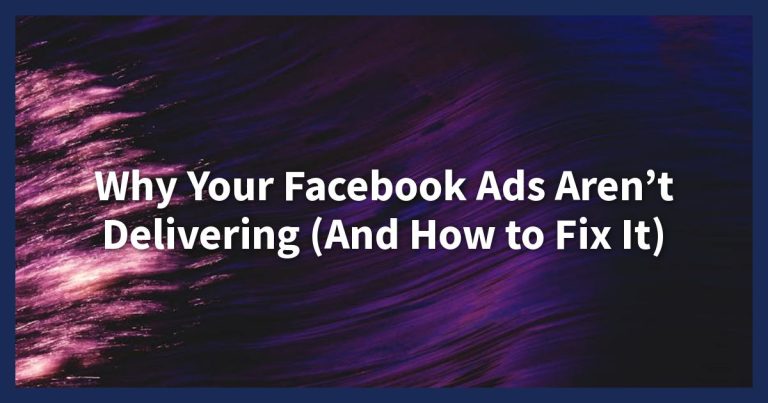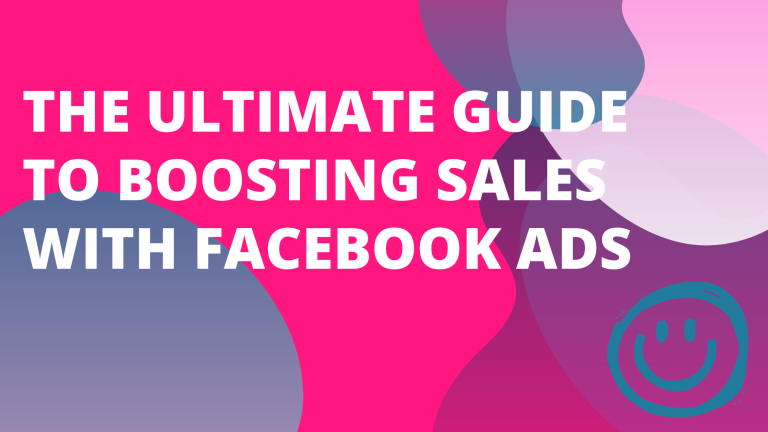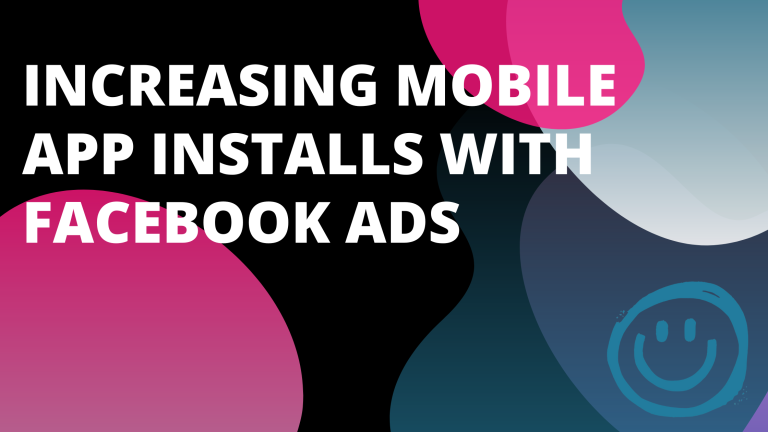How to Use Facebook Ads to Drive More Views and Engagement for Your Emails

Getting people to open your emails can feel like an uphill battle, no matter how great your content is. With inboxes overflowing, even the most compelling subject lines can get lost. But there’s a way to stack the odds in your favor. Facebook ads offer an effective way to grab attention and drive more clicks to your emails. By combining targeted ads with smart email marketing strategies, you can reach the right audience and boost results. Here’s how it works.
Understanding the Connection Between Facebook Ads and Email Marketing
Email marketing is an essential tool in any marketer’s arsenal, but sometimes, it needs a little help to stand out. That’s where Facebook ads come into play. By strategically integrating your email campaigns with Facebook ads, you can amplify your reach and drive both interest and action, bringing your emails back into the spotlight. Whether you’re looking to boost open rates or re-engage a dormant audience, Facebook’s targeted ad platform provides the tools you need to make it happen.
Statistics on Email Engagement and Advertising
Numbers don’t lie. The combination of Facebook ads and email marketing can produce attention-grabbing results. Just look at these stats:
- Email campaigns supported by ads experience 20%-50% higher open rates compared to standalone efforts.
- 47% of consumers are more likely to engage with an email after interacting with a brand’s ad.
- Retargeting users with ads led to a 70% increase in email click-through rates, according to marketing studies.
What does this tell you? Ads work as a primer, creating familiarity with your brand and encouraging users to see value in your emails. When an audience recognizes your name in their inbox after seeing it on their social feed, they’re far more likely to engage with your content.
Audience Targeting Techniques
Facebook’s targeting features are like a magnifying glass—helping you focus on the right groups of people. If you’re running email campaigns, don’t guess who to target. Here are smart ways Facebook can help zero in on your ideal audience:
- Custom Audiences: Upload your email list to Facebook. This enables you to retarget existing subscribers with ads that complement your email content. It’s a direct way to keep your list warm.
- Lookalike Audiences: Facebook can analyze your email subscribers and build a profile of similar people. This helps you reach individuals likely to interact with your emails.
- Behavioral and Interest Targeting: Target users based on their browsing behavior, interests, or life events that tie into your email offers. This connects your campaigns to audiences who are already aligned with your message.
Think about it—why send an email to someone who barely opens their inbox? With Facebook’s targeting tools, you can focus on people who are more likely to care and engage. Pair this with irresistible subject lines and valuable content, and you’ve got a winning strategy.

Photo by Walls.io
Facebook ads and email marketing together are like salt and pepper—great on their own, better together. With the right targeting and data-powered campaigns, you can craft a customer journey that pulls users from social media to their inbox and back again.
Setting Up Your Facebook Ads for Email Promotion
Facebook ads can be a game-changer when it comes to growing your email list. By combining creativity with strategy, you can craft ads that not only grab attention but also motivate users to sign up for your emails. Let’s break down what makes a Facebook ad truly effective for email promotion.

Creating Compelling Ad Copy
Your ad copy is the voice of your campaign, and it needs to do more than just look good—it must persuade. People scroll through their feeds quickly, so your words need to stand out and tell them why they should care.
Here’s how you can create ad copy that converts:
- Start with a strong hook: Use questions, bold statements, or urgency to grab attention (e.g., “Ready for exclusive tips you can’t find anywhere else?”).
- Focus on benefits, not features: Highlight what subscribers will gain, like access to VIP content or time-saving guides.
- Add a sense of urgency: Phrases like “Sign up today for early access!” motivate users to act now.
- Use simple, friendly language: Write as if you’re talking to a friend. Avoid buzzwords or overly technical jargon.
Take your time to test different copy styles. What resonates with one audience might not work for another, so A/B testing is your best friend here.
Designing Eye-Catching Ad Visuals
Visuals are often the first thing that grabs someone’s attention in a busy feed. An ad with no visual appeal is like a book with a blank cover—it won’t stop the scroll.
When designing visuals for your Facebook ads:
- Stick to your brand’s color palette: Consistency builds trust and recognition.
- Keep it clean and simple: Busy visuals can be distracting. A single bold image or clean graphic often works best.
- Use authentic imagery: Overly staged stock photos can feel disconnected; real, relatable images tend to perform better.
- Add text overlays wisely: Highlight key benefits or calls to action directly on the image, but keep it minimal.
For instance, if your email offers a free guide, show a crisp image of the guide’s cover alongside text like “Your Free Download Awaits!” paired with a subscribe button.

Photo by Pixabay.
Choosing the Right Ad Format
Facebook offers multiple ad formats, and choosing the right one can significantly impact your success. Each format has its strengths, so it’s crucial to match your goal with the format that aligns best.
Here are the top ad formats and how they can promote email sign-ups:
- Carousel Ads: Showcase multiple benefits or features of signing up, like sneak peeks of your newsletters, testimonials, or freebies. Users swipe through, and each card can include a call to action.
- Video Ads: Videos are fantastic for storytelling. Use a short, engaging clip to explain why your emails are worth subscribing to. (Tip: Keep it under 15 seconds for better completion rates.)
- Story Ads: These ads blend seamlessly with a user’s Stories feed. A clear “Swipe Up to Sign Up” call-to-action works wonders here for mobile audiences.
- Lead Ads: With Facebook’s lead ad format, users can sign up directly within the platform without needing to visit a separate landing page. It reduces friction and makes the process seamless.
Experiment with formats to see which resonates most with your target audience. For instance, video ads might work well for visually driven brands, while carousel ads are perfect for showcasing multiple benefits at once.
Best Practices for Integrating Facebook Ads with Email Campaigns
When Facebook ads and email campaigns work together, they create a marketing powerhouse. Facebook ads help extend your reach, while emails build trust and nurture subscribers. But simply running both isn’t enough—you need strategic integration. Let’s look at the best practices to get the most out of these two tools working in harmony.
A/B Testing Your Campaigns
Testing is the secret weapon behind any successful campaign. Both Facebook ads and email marketing rely heavily on knowing what resonates with your audience. A/B testing allows you to experiment with different approaches and pinpoint what drives the best results.
For Facebook ads:
- Test multiple versions of your ad copy. Does your audience respond better to humor or straightforward language?
- Experiment with visuals, using variations such as vibrant graphics versus clean, minimalist designs.
- Play around with call-to-action buttons. “Learn More” might work better than “Sign Up” in some cases.
For email campaigns:
- Compare subject lines. A question might draw more opens than a bold statement—or vice versa.
- A/B test different email layouts. Does a text-heavy format perform better than an email with heavy imagery?
- Experiment with send times. A Friday afternoon email might outperform the same email sent on Monday morning.
Results from one platform can even inform the other. For instance, if a certain call-to-action performs well in ads, try incorporating that language into your emails. This way, you’re fine-tuning your messaging to meet your audience’s preferences.

Photo by Pixabay
Using Retargeting Strategies
Retargeting is a no-brainer when it comes to bridging Facebook ads and email efforts. It’s all about re-engaging people who’ve already shown interest—those who’ve opened an email, clicked a link, or visited your site but didn’t follow through.
Here are some key ways to integrate retargeting effectively:
- Email Retargeting with Facebook Ads: Create a custom audience of subscribers who didn’t take action on your last email. Maybe they opened it but didn’t click. Hit them with a Facebook ad featuring the same offer or a fresh incentive.
- Ad Retargeting for Email Opt-Ins: Use Facebook’s website tracking pixel to target users who visited your email sign-up page but didn’t register. A gentle nudge with an ad can often seal the deal.
- Dynamic Retargeting: Sync your email behavior data with Facebook to serve ads based on specific actions. For example, if someone clicked on a winter sale email but didn’t purchase, show them tailored ads highlighting the products they browsed.
Retargeting works because it keeps your brand front and center. Think of it like reminding a forgetful friend of your dinner plans—it’s the gentle push they need to take action. Combine this with well-timed emails and eye-catching ads, and you’ll create a loop of engagement that’s hard to ignore.
Measuring the Success of Your Campaigns
Running Facebook ads to boost email engagement is a great start, but how do you know if your efforts are paying off? Measuring success isn’t about guessing; it’s about tracking the right numbers and making informed decisions. Let’s break down the metrics that matter and how to use them to refine your strategy.
Key Performance Indicators (KPIs) to Track
Numbers tell the real story of your campaign’s performance. By monitoring the right KPIs, you can see what’s working and what needs tweaking. Here are the key metrics to keep on your radar:
- Click-Through Rate (CTR): This shows the percentage of people who clicked on your ad after seeing it. A high CTR means your ad is catching attention.
- Email Sign-Up Rate: If your goal is to grow your email list, this metric tells you how many new subscribers came directly from your Facebook ads.
- Open Rate: Measure how many people open the emails they signed up for after interacting with your ad. This reveals the quality of your leads.
- Click-to-Open Rate (CTOR): From those who opened the email, how many clicked on the links inside? It’s an indicator of how well your email content resonates.
- Cost Per Lead (CPL): How much did it cost to acquire each new subscriber? Divide your total ad spend by the number of sign-ups to calculate this.
- Engagement Metrics: Track likes, shares, and comments on your ads. These numbers show how engaging and relevant your content is to viewers.
Tracking these KPIs ensures you’re not shooting in the dark. Each one provides a piece of the puzzle, helping you gauge not only how your ads are performing but also how they’re influencing your email campaigns.

Photo by Artem Podrez
Analyzing and Adjusting Strategies
Data is only valuable if you use it. Once you’ve gathered enough insights, taking action is the next step. Here’s how you can analyze and refine your strategy for better outcomes:
- Evaluate Trends Over Time: Metrics like CTR or Email Open Rates may vary from week to week. Look for patterns to see what’s consistently performing well versus one-off successes.
- A/B Test Continuously: If one ad or email is outshining the others, dig into the finer details. What’s different? Use this information to test new approaches—whether it’s tweaking ad copy or adjusting the offer.
- Identify Drop-Off Points: Did people click on your ad but not sign up? Or sign up but never open an email? Pinpoint where you’re losing engagement and rework content or messaging in that specific area.
- Adjust Your Target Audience: Metrics like low engagement or high CPL could indicate your targeting needs refining. Use Facebook’s audience insights to hone in on people more aligned with your goals.
- Optimize Ad Creative and Copy: If your CTR is underwhelming, design fresher visuals or craft more compelling headlines to grab attention. In contrast, if your email results are low, adjust onboarding emails to make a stronger first impression.
Regularly analyzing your data and making adjustments is like fine-tuning an instrument. The more you practice, the closer you’ll get to creating a campaign that truly sings.
By tracking meaningful KPIs and using that info to fine-tune your strategy, you’re setting yourself up for success. Every tweak builds toward better results—more engaged subscribers, higher email performance, and a stronger ROI for your Facebook ads.
Conclusion
Facebook ads can breathe new life into your email marketing. They help you target, engage, and re-engage your ideal audience with precision. By syncing ad campaigns with your email strategy, you don’t just increase visibility—you create opportunities for deeper connections.
Start small. Test out audience targeting, fine-tune your ad formats, and analyze results to see what works best. The key is staying consistent and learning from the data. Ready to get started? Launch a Facebook ad today and watch your email performance grow.
